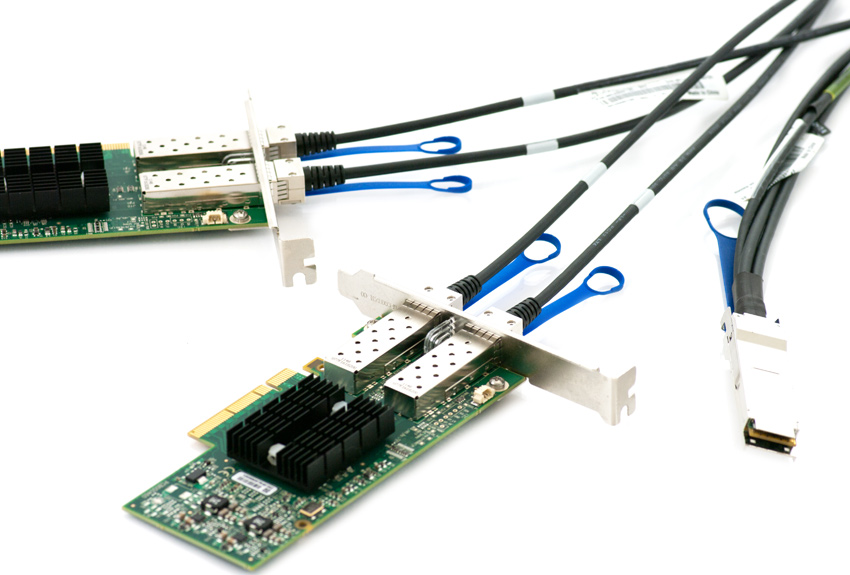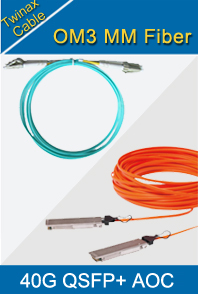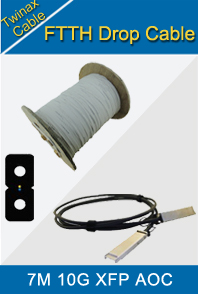-

- Sopto Home
-

- Special Topic
-

- Twinax Cable Knowledge
-

- Copper versus Fiber
Twinax Cable Knowledge
- Cable Labeling as Part of Data Center Management
- How to Correctly Run cables On Servers in a Data Center?
- 4 Realities You Should Consider 10G Ethernet for Your Business
- Is it finally the end of copper?
- Why We Need Both 40G and 100G Ethernet Cable?
- What is Twisted Pair Cable?
- Benefits of Twisted Pair Cable Construction
- Why Copper Is Used in Cables?
- A Brief Look at Ethernet Cable Construction
SOPTO Special Topic
Certificate



Guarantee
Except products belongs to Bargain Shop section, all products are warranted by SOPTO only to purchasers for resale or for use in business or original equipment manufacturer, against defects in workmanship or materials under normal use (consumables, normal tear and wear excluded) for one year after date of purchase from SOPTO, unless otherwise stated...
Return Policies
Defective products will be accepted for exchange, at our discretion, within 14 days from receipt. Buyer might be requested to return the defective products to SOPTO for verification or authorized service location, as SOPTO designated, shipping costs prepaid. .....
Applications
 Twinax Cables are mainly used with PCI or PCI-E Card for the short distance interconnection in the server room.
Twinax Cables are mainly used with PCI or PCI-E Card for the short distance interconnection in the server room.
SOPTO Products
- Fiber Optic Transceiver Module
- High Speed Cable
- Fiber Optical Cable
- Fiber Optical Patch Cords
- Splitter CWDM DWDM
- PON Solution
- FTTH Box ODF Closure
- PCI-E Network Card
- Network Cables
- Fiber Optical Adapter
- Fiber Optical Attenuator
- Fiber Media Converter
- PDH Multiplexers
- Protocol Converter
- Digital Video Multiplexer
- Fiber Optical Tools
- Compatible
Related Products
Performance Feature
Stable Transmission Speed
Reliable Transmission
Various Length Selection
Wider Operating Temperature
Good for HPC
Good for Data Center
Twinax Cable Knowledge
Recommended


Copper versus Fiber
Once the decision is made to implement 10GbE functionality, organizations must consider the data carrying techniques that facilitate such bandwidth. Copper and fiber cabling are the preeminent technologies for data transmission and provide their own unique benefits and drawbacks.
Copper is the de-facto standard for transmitting data between devices due to its low cost, easy installation and flexibility. It also possesses distinct shortcomings. Copper is best when utilized in short lengths, typically 100 meters or less. When employed over long distances, electromagnetic signal characteristics hinder performance.
In addition, bundling copper cabling can cause interference, making it difficult to employ as a comprehensive backbone. For these reasons, copper cabling has become the principal data carrying technique for communication among PCs and LANs, but not campus or long-distance transmission.
On the other hand, fiber cabling is typically used for remote campus connectivity, crowded wiring closets, long-distance communications and environments that need protection from interference, such as manufacturing areas. Since it is very reliable and less susceptible to attenuation, it is optimum for sending data beyond 100 meters.
However, fiber is also more costly than copper and its use is typically limited to those applications that demand it. As a result, most organizations utilize a combination of copper and fiber cabling.
As these companies transition to 10GbE functionality, they must have a solid understanding of the various cabling technologies and a sound migration strategy to ensure their cabling infrastructure will support their network infrastructure both today and tomorrow.
Sopto supplies high quality twinax cables, like SFP+ DAC, XFP to XFP cables, QSFP+ cables and so on for Data Center and HPC copper and fiber cabling. For the newest quotes, please contact a Sopto representative by calling 86-755-36946668, or by sending an email to info@sopto.com.



